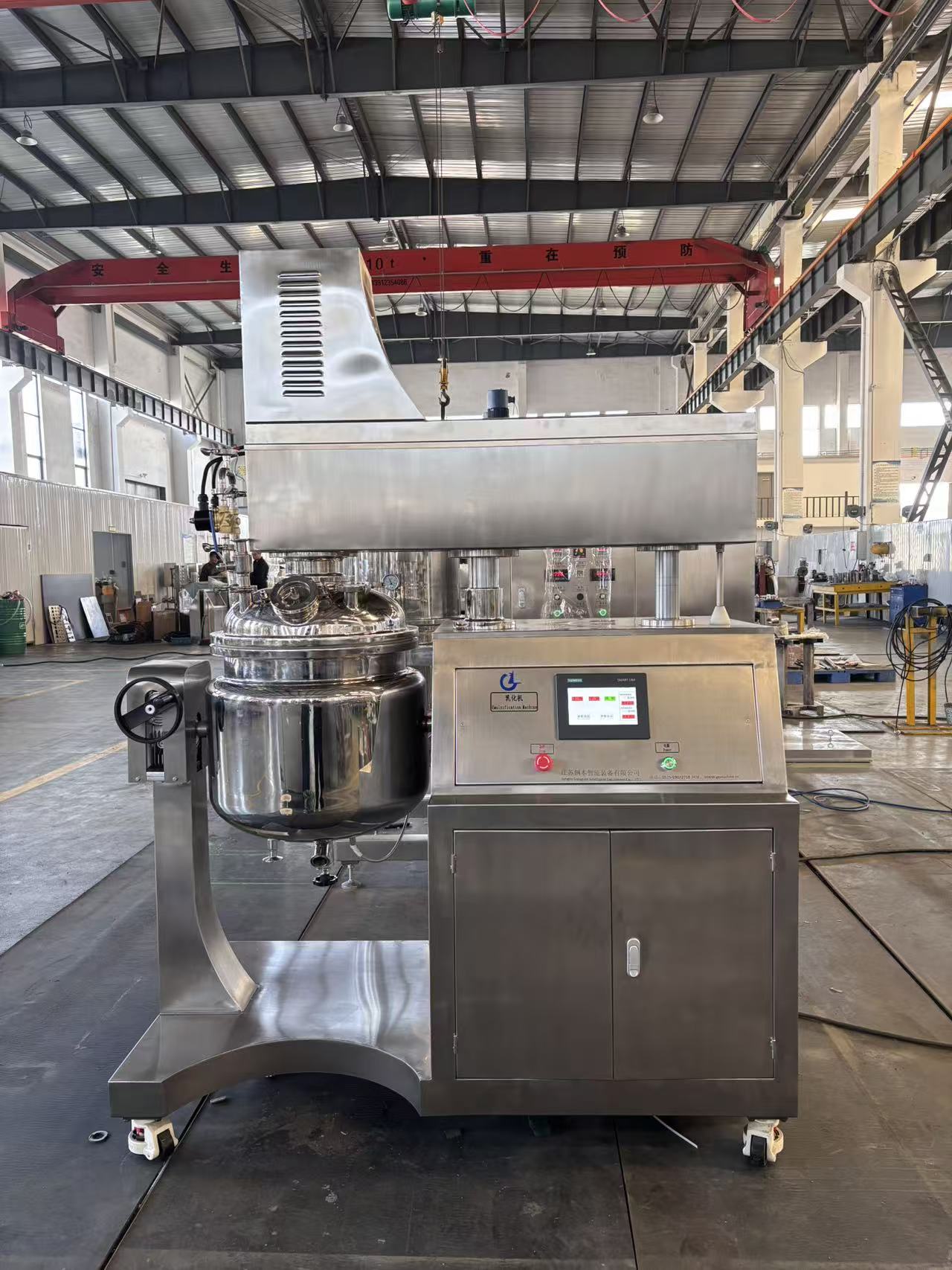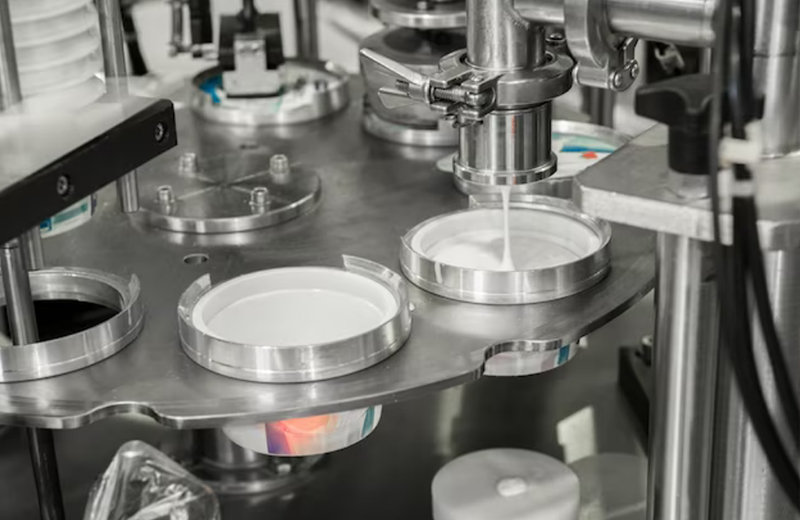The Future of Vacuum Emulsifying Mixers in the Manufacturing Industry
The manufacturing industry is constantly evolving, driven by advancements in technology, increased demand for efficiency, and the need for high-quality products. In this dynamic environment, vacuum emulsifying mixers are poised to play an increasingly important role. Here's a look at the future of these versatile machines in the manufacturing industry:
1. Increased Demand for High-Quality Emulsions
As consumers become more discerning and demand higher-quality products, manufacturers are turning to vacuum emulsifying mixers to produce emulsions with consistent particle size distribution, improved stability, and enhanced sensory properties. This trend is likely to continue, driving up the demand for vacuum emulsifying mixers that can meet these rigorous standards.
2. Technological Advancements
Technological advancements are continually reshaping the manufacturing industry, and vacuum emulsifying mixers are no exception. Future models are likely to incorporate more sophisticated sensors, automation features, and data analytics capabilities. These innovations will enable manufacturers to monitor and control the mixing process more precisely, improving efficiency and reducing waste.
3. Customization and Versatility
The ability to customize vacuum emulsifying mixers to meet specific needs is a key factor driving their adoption in the manufacturing industry. As manufacturers continue to seek out machines that can handle a wide range of emulsions and ingredients, the demand for customizable and versatile vacuum emulsifying mixers will increase.
4. Integration with Other Manufacturing Processes
Vacuum emulsifying mixers are increasingly being integrated with other manufacturing processes, such as filling, packaging, and quality control. This integration allows manufacturers to streamline their operations, reducing downtime and improving overall efficiency. Future developments in this area are likely to further enhance the integration of vacuum emulsifying mixers into manufacturing workflows.
5. Sustainability and Environmental Considerations
As concerns about sustainability and environmental impact grow, manufacturers are looking for ways to reduce their carbon footprint. Vacuum emulsifying mixers that incorporate energy-efficient motors, reduce waste, and use recyclable materials will be in high demand. Additionally, manufacturers may seek out machines that can handle environmentally friendly emulsions and ingredients.
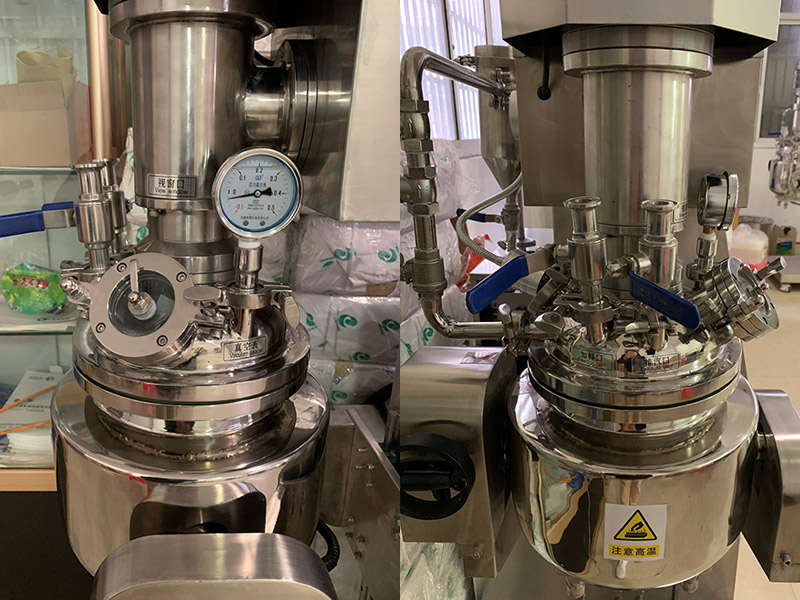
6. Growth in Emerging Markets
The manufacturing industry is expanding rapidly in emerging markets, such as Asia and Africa. As these markets develop, they will increasingly adopt advanced manufacturing technologies, including vacuum emulsifying mixers. This growth will create new opportunities for manufacturers of these machines to expand their global footprint.
7. Increased Competition and Innovation
As the market for vacuum emulsifying mixers grows, competition will intensify. Manufacturers will need to innovate to stay ahead of the competition, developing new features, improving performance, and reducing costs. This competition will drive the industry towards even higher levels of efficiency and quality.
8. Collaboration with Research Institutions
Manufacturers of vacuum emulsifying mixers are likely to collaborate more closely with research institutions and universities to develop new technologies and materials. This collaboration will help accelerate the pace of innovation, bringing new and improved machines to market faster.
9. Regulatory Compliance
As regulations related to manufacturing processes and product safety become more stringent, manufacturers will need to ensure that their vacuum emulsifying mixers comply with these regulations. This may require investing in new technologies or modifying existing machines to meet new standards.
10. Digitalization and Connectivity
The trend of digitalization and connectivity is likely to continue in the manufacturing industry, including the market for vacuum emulsifying mixers. Manufacturers will increasingly adopt smart machines that can communicate with other devices, collect data, and provide real-time insights into the mixing process. This digitalization will enable manufacturers to optimize their operations, reduce downtime, and improve product quality.
In conclusion, the future of vacuum emulsifying mixers in the manufacturing industry looks promising. As technological advancements continue, demand for high-quality emulsions grows, and concerns about sustainability and environmental impact increase, these machines will play an increasingly important role in the production of a wide range of products.
News
- Latest News
- Solutions
- FAQ
Recommend Products
-
 5L Vacuum Emulsifying Homogenizer Mixer
5L Vacuum Emulsifying Homogenizer MixerThe 5L vacuum emulsifying mixer is a device designed for emulsifying and mixing various substances in a vacuum environment. This equipment is equipped with a mixing tank with a capacity of 5 liters and is widely applied in industries such as food, pharmaceuticals, cosmetics, and pesticides.
-
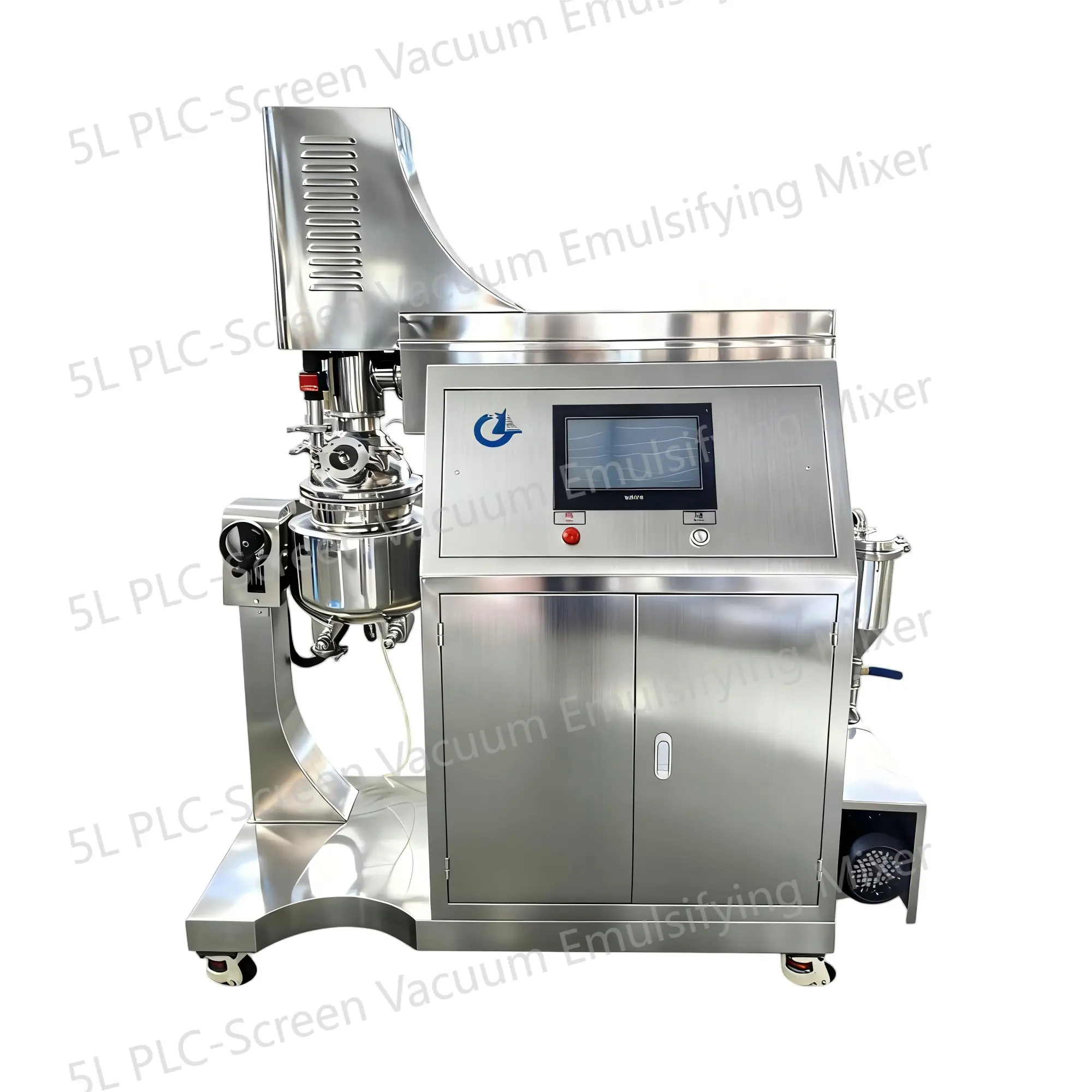 5L PLC-Screen Vacuum Emulsifying Mixer
5L PLC-Screen Vacuum Emulsifying MixerThe 5L PLC-Screen Vacuum Emulsifying Mixer is a device designed for emulsifying and mixing various substances in a vacuum environment. This equipment is equipped with a mixing tank with a capacity of 5 liters and is widely applied in industries such as food, pharmaceuticals, cosmetics, and pesticides.
-
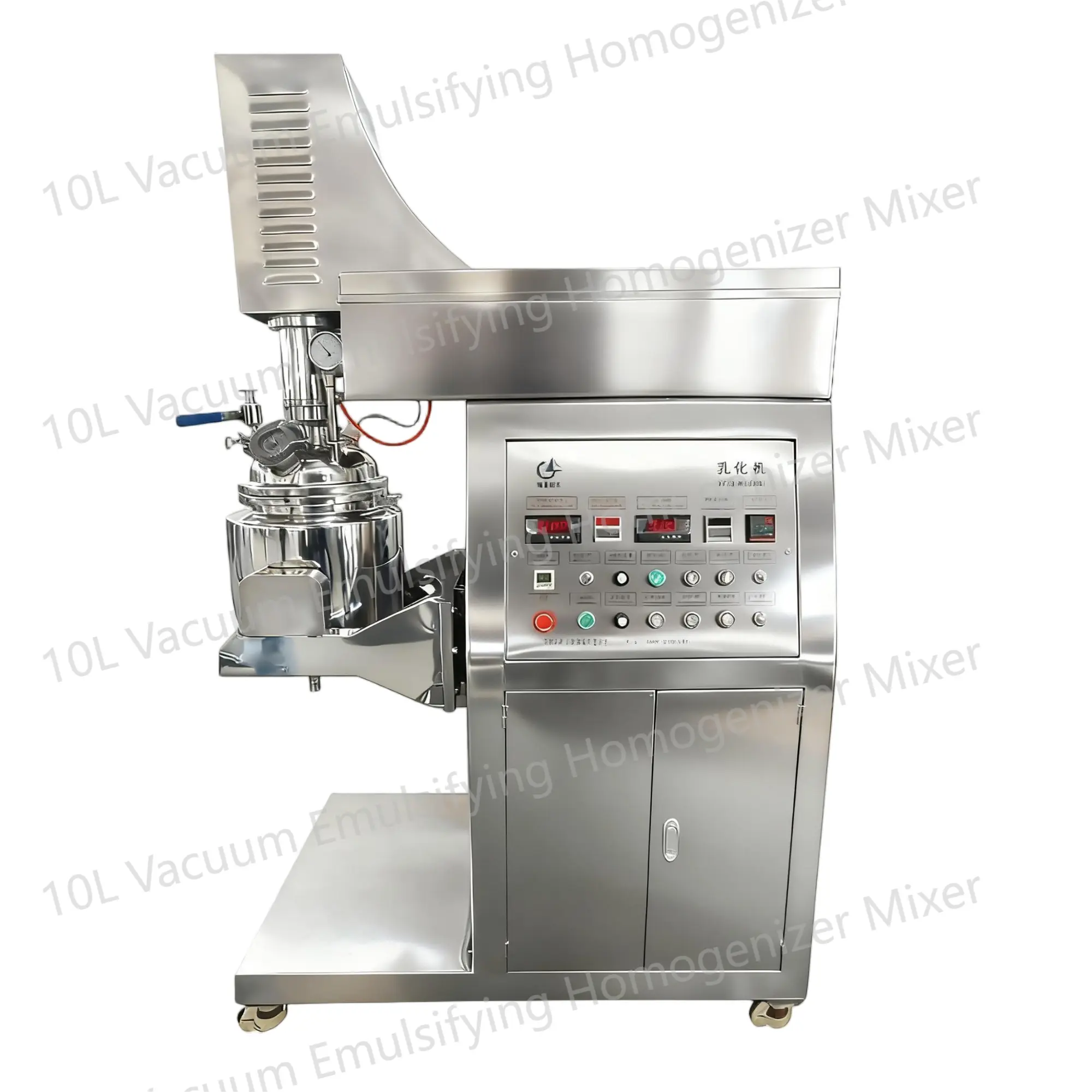 10L Vacuum Emulsifying Homogenizer Mixer
10L Vacuum Emulsifying Homogenizer MixerThe 10L Vacuum Emulsifying Mixer is a device used for emulsifying and mixing various substances in a vacuum environment. It is commonly used in industries such as food, cosmetics, and pharmaceuticals.


 English
English Russian
Russian French
French Spanish
Spanish Portuguese
Portuguese Korean
Korean Japanese
Japanese Thai
Thai